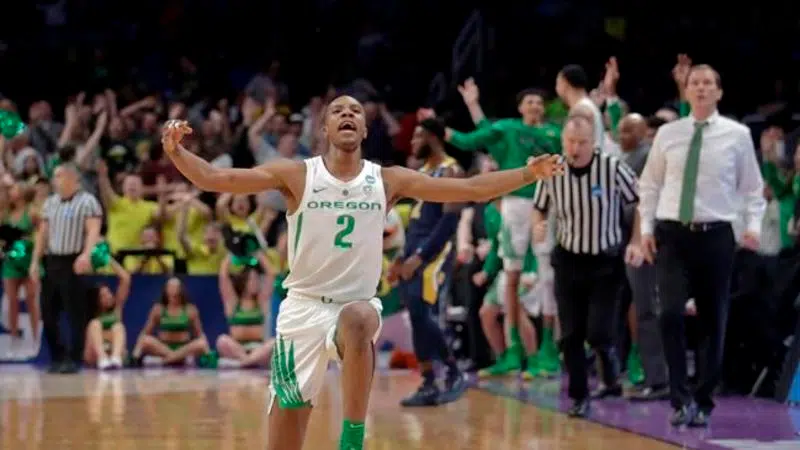
What’s an NCAA Tournament unit worth? Millions. Here’s how
The upstart run for Loyola Chicago making the Final Four last year delivered more than just excitement for fans of Sister Jean and the Ramblers.
Loyola’s run will be worth at least $8.45 million to the Missouri Valley Conference over the next six years.
It’s payable to the league from the NCAA, through a complex system of payouts funded largely by the lucrative deal for CBS and Turner Sports to televise March Madness.


